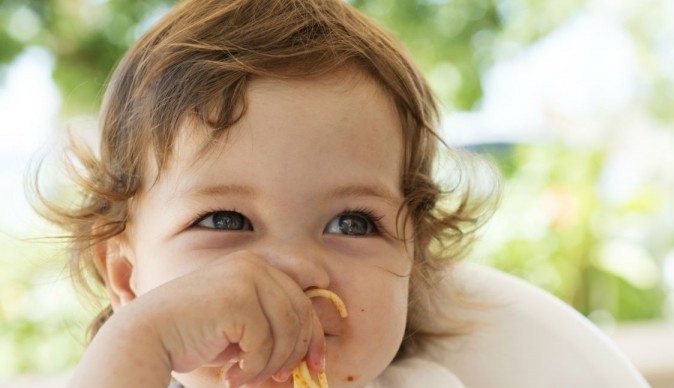When you start feeding your baby solids, you will have many questions about what foods you may and cannot offer them. Multigrain cereal for babies is one of the first solid meals an infant eats. Depending on your preferences and convenience, you may make your cereal or buy it. However, picking a grain may be quite a laborious chore since there are so many varieties. Best organic baby food that has perks and downsides that you need to know before deciding what your baby’s first solid meal should be. Here we are focused on the distinction between Multigrain Versus Whole Grain.
Quick Guide
Multigrain vs Whole Grain
These are the two main types of infant cereals. In reality, they are really classed as single grain and multigrain. Let us examine the distinction:
Single grain
Single grain cereals include one kind of grain. This is generally rice or oats, for starters. Cereals are solitary grains. The entire grain, including the bran, is utilised to make these cereals. The distinction between whole grain and single grain is similar to brown and white rice. The former is regarded as more natural. Full-grain cereals are healthier than single grain cereals since they include the whole kernel.
Multigrain
This multigrain cereal for babies incorporates grains, including oats, rice, ragi, and wheat. You may add these cereals to your baby’s diet as they become older. 3 – 5-year-old healthy diet plan (With Food Chart)
Multigrain vs Whole Grain: Which is best?
Depending on your child’s age, you may select between the two. Compare multigrain vs whole-grain cereal to find the best choice:
1. Digestion
When you start feeding your infant solids, ensure sure the food is simple to digest. To begin with, single whole grain grains. Start with rice cereal, which is low in allergens and has a long usage history. Some may even start with oats. You may also Best organic baby food and watch how the infant responds.
On the other hand, Multigrain cereal is thicker and should only be given to a youngster who can sit straight and manage his head, according to most physicians. Usually by 5 months. Multigrain cereal is rough on babies’ stomachs and might induce constipation.
2.Allergies risk
Introducing single whole-grain cereal can help you identify your baby’s allergies. However, identifying the allergy in multigrain cereal is more complicated. These cereals contain wheat, which can cause allergies or gluten issues in children. However, introducing wheat early may help avoid allergies later in life. To find out, give your youngster some wheat porridge or cereal and see how they respond.
#3.Nutritional needs for your youngster go beyond rice and oat cereal.
You should serve them with mashed fruits and vegetables and even breast milk for extra nutrition. Of course, using whole grains boosts the nutritional benefits. Multigrain cereal has several sources of minerals and vitamins. For example, ragi is an excellent source of iron, which your kid needs to grow. You can simply meet your child’s daily nutritional needs with multigrain cereal. It’s best to start multigrain cereal later since your youngster can consume and absorb more nutrients.
#4. Ease of prep
Whole-grain cereal might be a time-saving alternative when preparing infant cereal at home. Preparing homemade multigrain cereal takes a bit longer. Finally, single whole grain is ideal when giving your solid infant meals. When your infant is older, you may select between the two.
Are our baby cereals a healthy first meal for your child?
Multigrain cereal for babies may be created from a range of components, including rice, barley, oats, and other healthy grains, among other things. Despite the fact that rice cereal was historically the first solid food kids ate in the United States, rice-based baby cereals have fallen out of favour in recent years owing to studies showing significant amounts of arsenic in rice-based baby cereal.


Recent Comments